Top Data Science Tools That You Should Learn in 2022
We live in a time where data is supreme. Our private details, financial arrangements, careers, and amusement have been digitized and stored as data. Due to the greater volume of data generated, there is a more significant need to research and retain it.
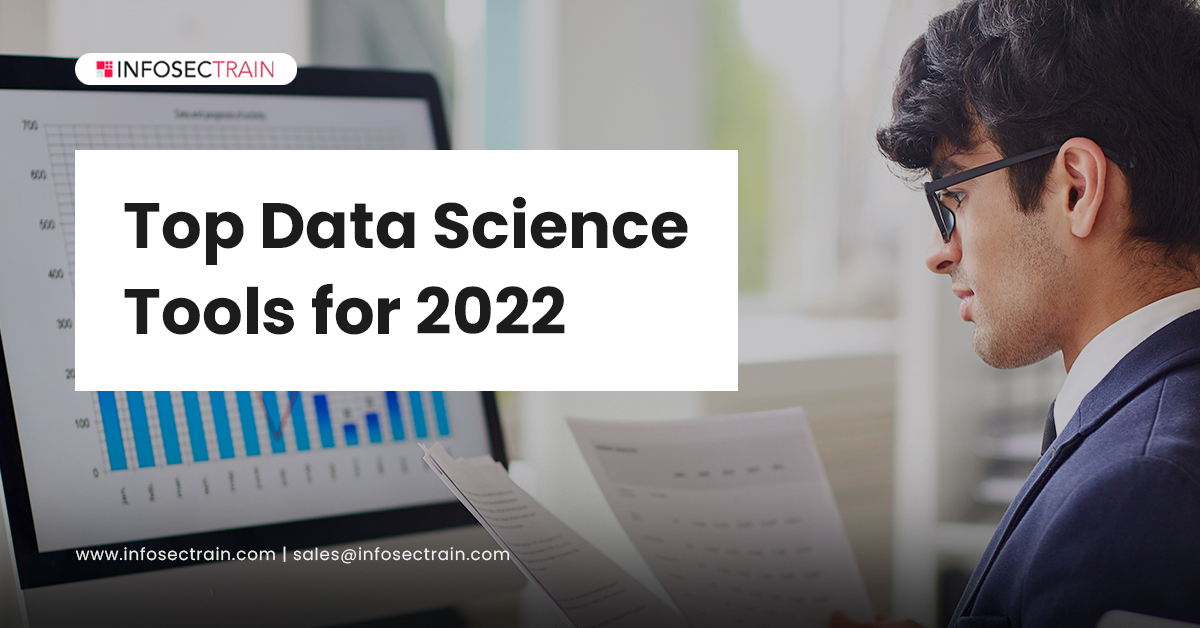
If you’re conscious of the current market environment, you’ve probably noticed that the data science field is flourishing. Data Science signifies generated value from data, and it all comes down to comprehending the data and processing it to obtain actionable & insightful value from it. As a result, many people are learning data science from the ground up to pursue careers in this rapidly growing field. When you first start to know about this field and gain knowledge about it, you will encounter various new data science tools. So, let’s dive into the top data science tools for 2022 without wasting any more of your time.
Top Data Science Tools You Must Know
1. Tools for Handling Big Data
As the name suggests, we must understand the basic principles that define big data, which are volume, velocity, and variety. The technology has improved over the last decade as data has increased. Because of the reduction in compute and storage expenses, gathering large amounts of data has become much more straightforward. So let’s discuss various tools used in big data:
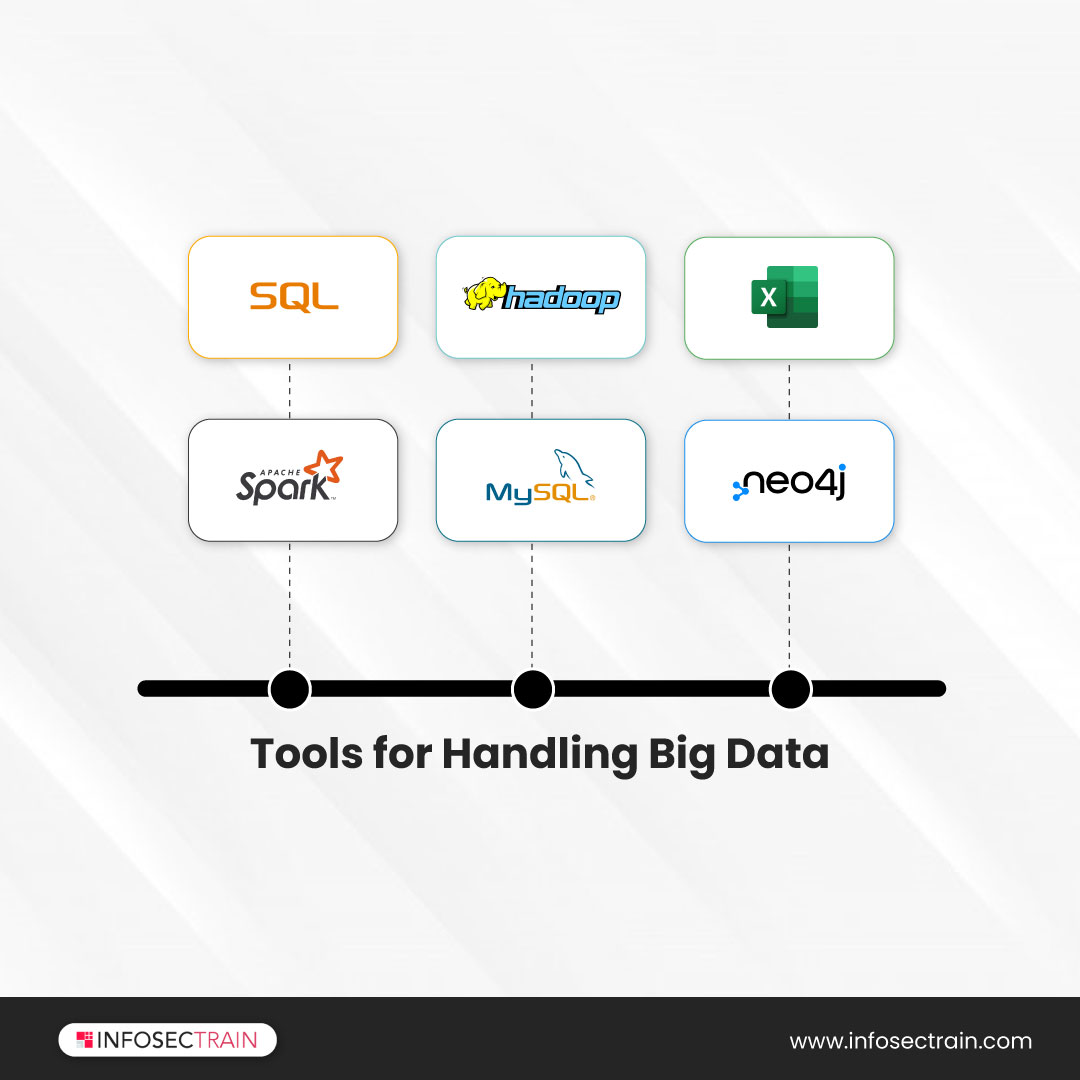
a) SQL: Since the 1970s, SQL has been one of the most widely used databases for tasks such as updating data, removing data, attempting to create and modify tables, views, and so on. SQL is also the norm for today’s big data technologies, which use SQL as their primary API for relational databases.
b) Hadoop: Hadoop is a free and open-source data science tool that generates simple programming models and transmits large data sets throughout large numbers of distributed systems. It is:
- Extremely adaptable
- Many modules available
- Failures dealt with at the application layer
c) Excel: Excel is the most popular and accessible tool for handling small amounts of data. It can handle up to 16,380 columns on a single sheet and has a maximum number of rows of just over 1 million.
d) Apache Spark: Spark is an all-powerful analytics engine that also takes place to be the most popular data science tool. It is well-known for providing extremely fast cluster computing. Spark uses a variety of data sources, including Cassandra, HDFS, HBase, and S3. It carries large sets of data with ease.
e) MySQL: MySQL is another well-known tool that is widely used. It is among the most commonly used open databases available these days. It’s perfect for getting data out of databases. Data can be stored and accessed in a structured manner with ease.
f) Neo4J: Neo4J is the most widely used graph database management tool. Unlike graph databases that store connections alongside data, relational databases, and Neo4J assist users in detecting difficult-to-find patterns in such data.
2. Tools for Data Mining and Transformation
Data mining is the method of recognizing patterns from large datasets. However, it has expanded to include practitioners’ data extraction, collection, storage, and analysis. Here are the some of data mining tools used in these tasks:
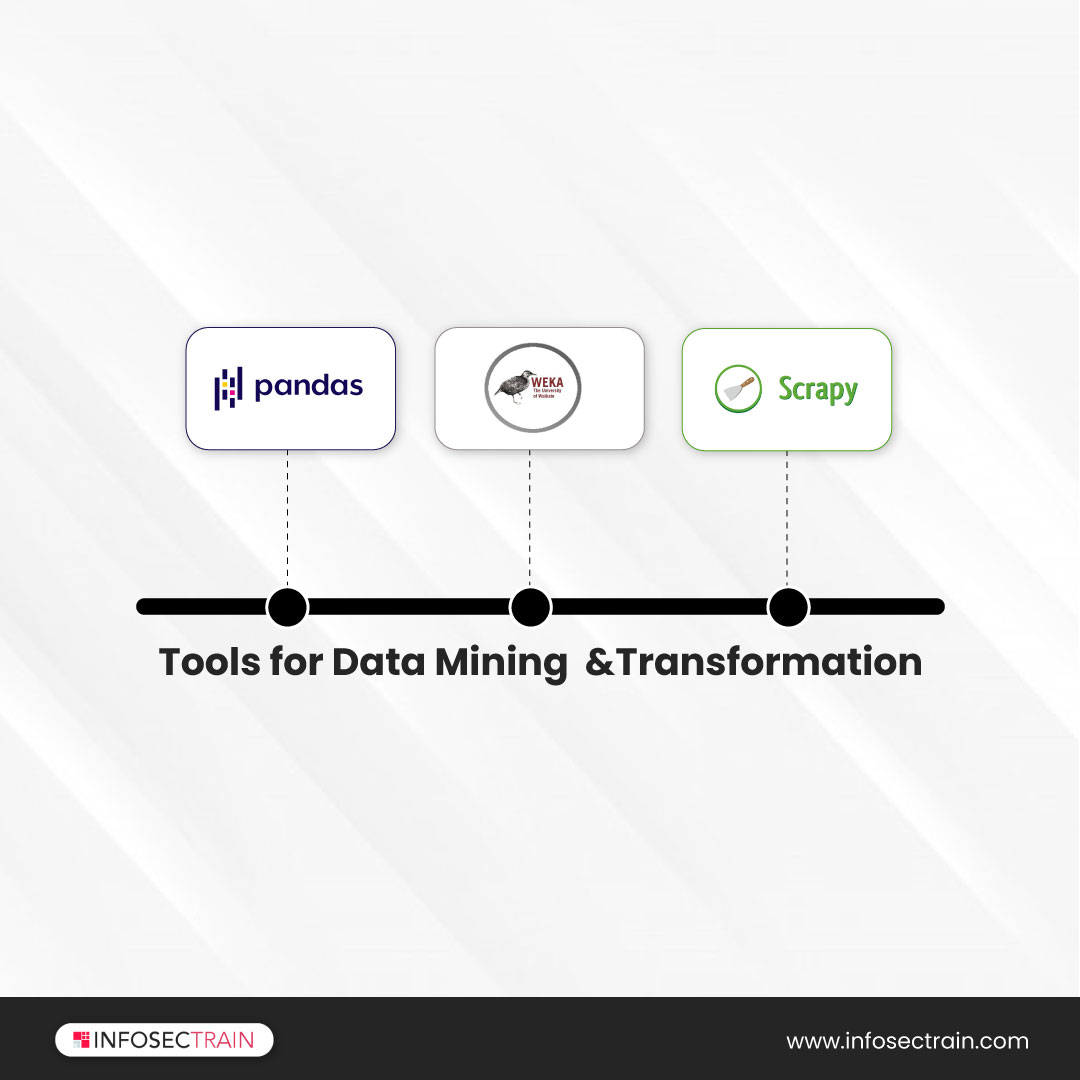
a) Pandas: Pandas is a well-known data-wrangling program written in Python. It’s ideal for manipulating mathematical tables and time-series data. It has highly scalable structures that enable easy data manipulation. It is the foundation of Netflix and Spotify’s recommendation engines.
b) Weka: Weka is a widely used data mining, post, and classification tool. Weka’s user interface makes categorization, affiliation, recurrence, and clustering easy, and the results are technically accurate.
c) Scrapy: Scrapy is ideal for creating web spiders that stumble and obtain information from the web. Python was used to develop this program. Scrapy is a fast and powerful tool.
3. Model Deployment Tools
Developing machine learning models on data is one of the main goals of data science. These models can be reasonable, patterned, or predictive, and here are some modeling tools to get you started.
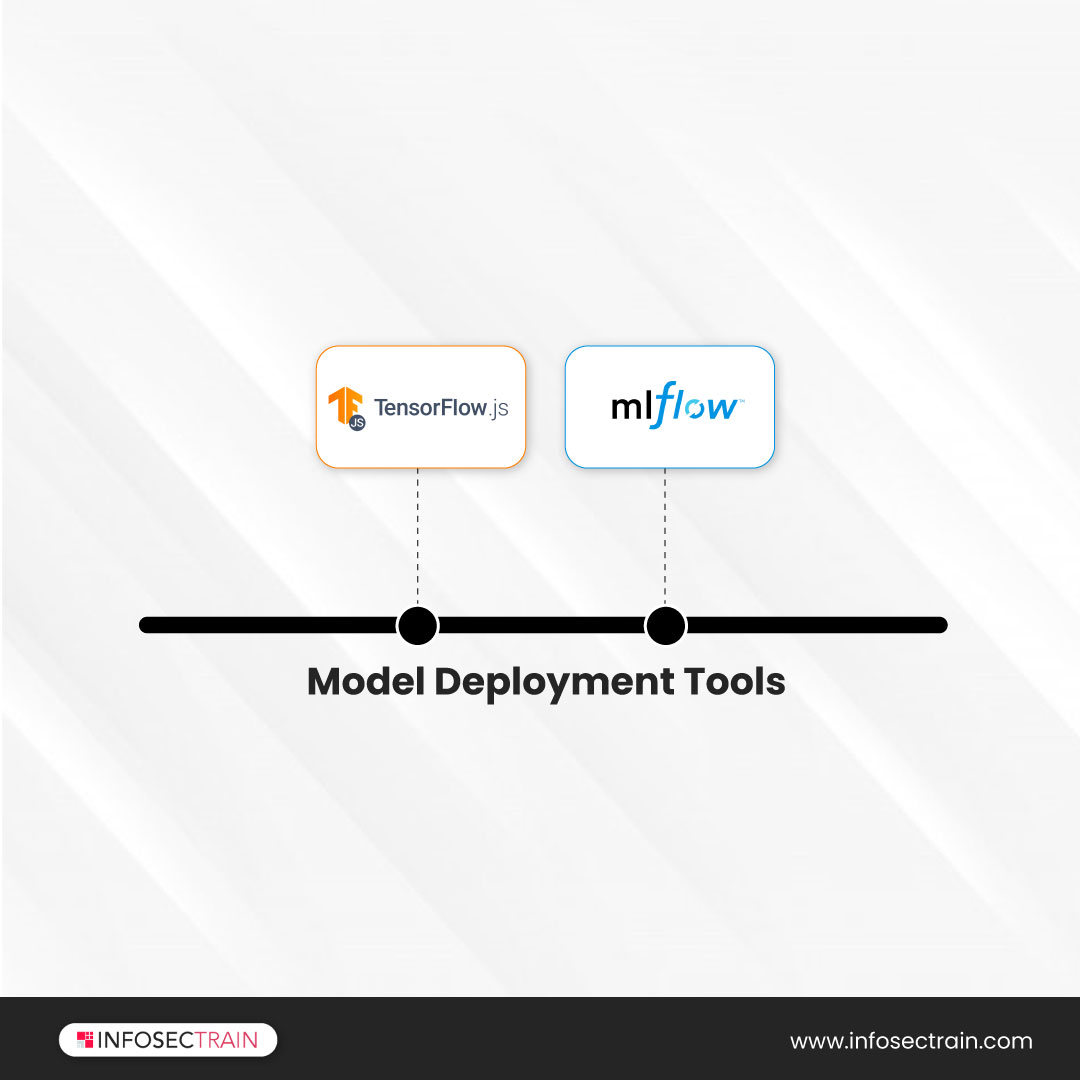
a) TensorFlow.js: TensorFlow.js is the JavaScript version of the well-known machine learning framework. Models can be written in JavaScript or Node.js and deployed on the client browser using TensorFlow.js.
b) MLflow: MLflow is a platform for managing the machine learning lifecycle, from model development to deployment.
4. Data Visualization Tools
Data visualization must be more than just a graphical representation of information. Today, it must be scientific, visually appealing, and, most notably, informative. Here are some tools for visualizing data science projects.
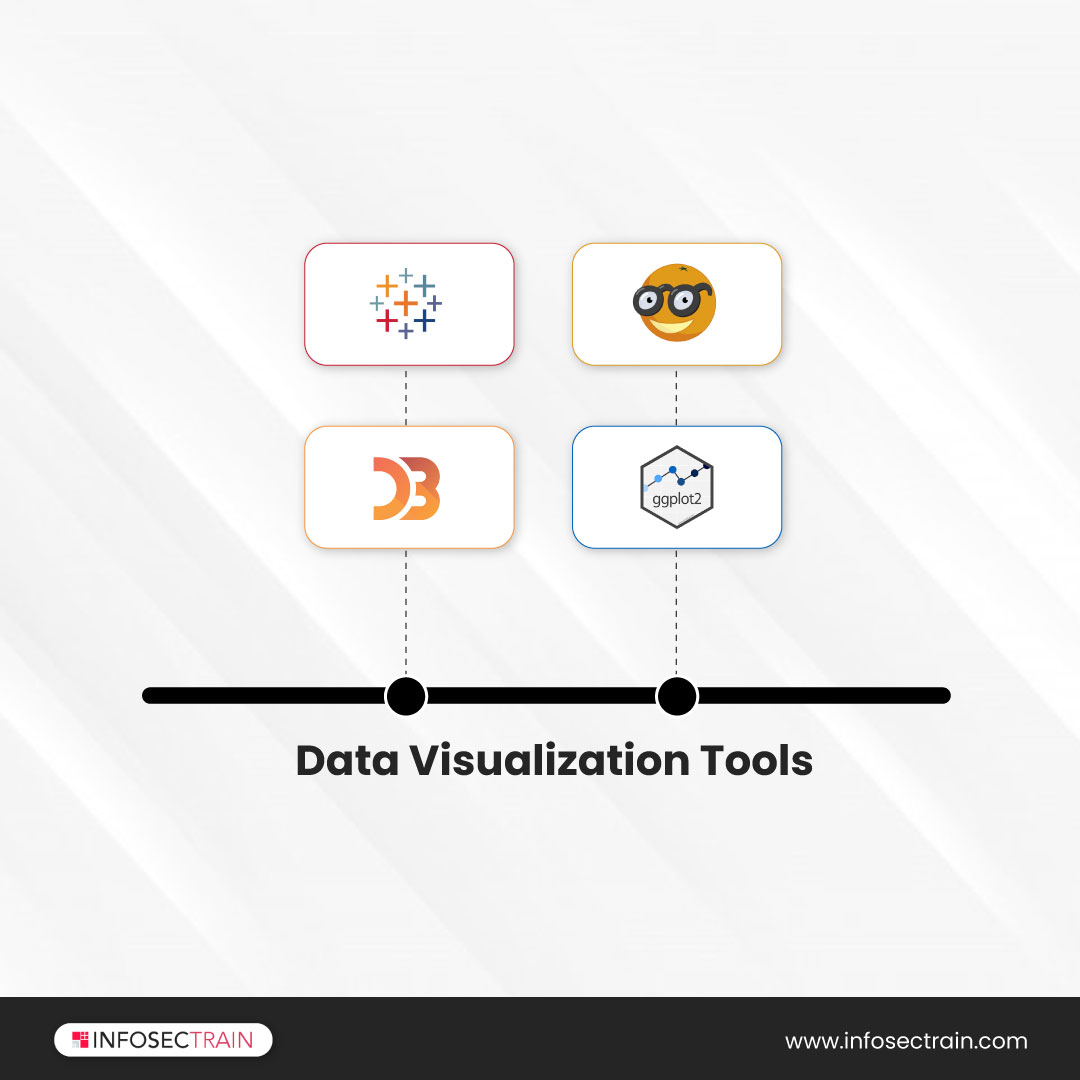
a) Orange: Orange is a user-friendly data visualization tool with a robust toolkit also a GUI-based beginner-friendly tool. It can generate statistical parameters, line graphs, selection trees, clustering, and linear projections, among other things.
b) js: D3.js is a free and open-source JavaScript library that allows you to create data visualizations on your web page. It highlights web technologies so that modern browsers can take full advantage of all of their features without being hampered by a specialized framework.
c) Ggplot2: Ggplot2 is an R package that assists data scientists in creating visually appealing and elegant visualizations.
d) Tableau: Tableau is a more sophisticated tool with increased speed and functionality. Users can create reports (heat maps, line charts, scatter plots, and so on) and stunning dashboards using drag-and-drop functions.
5. Machine Learning Tools
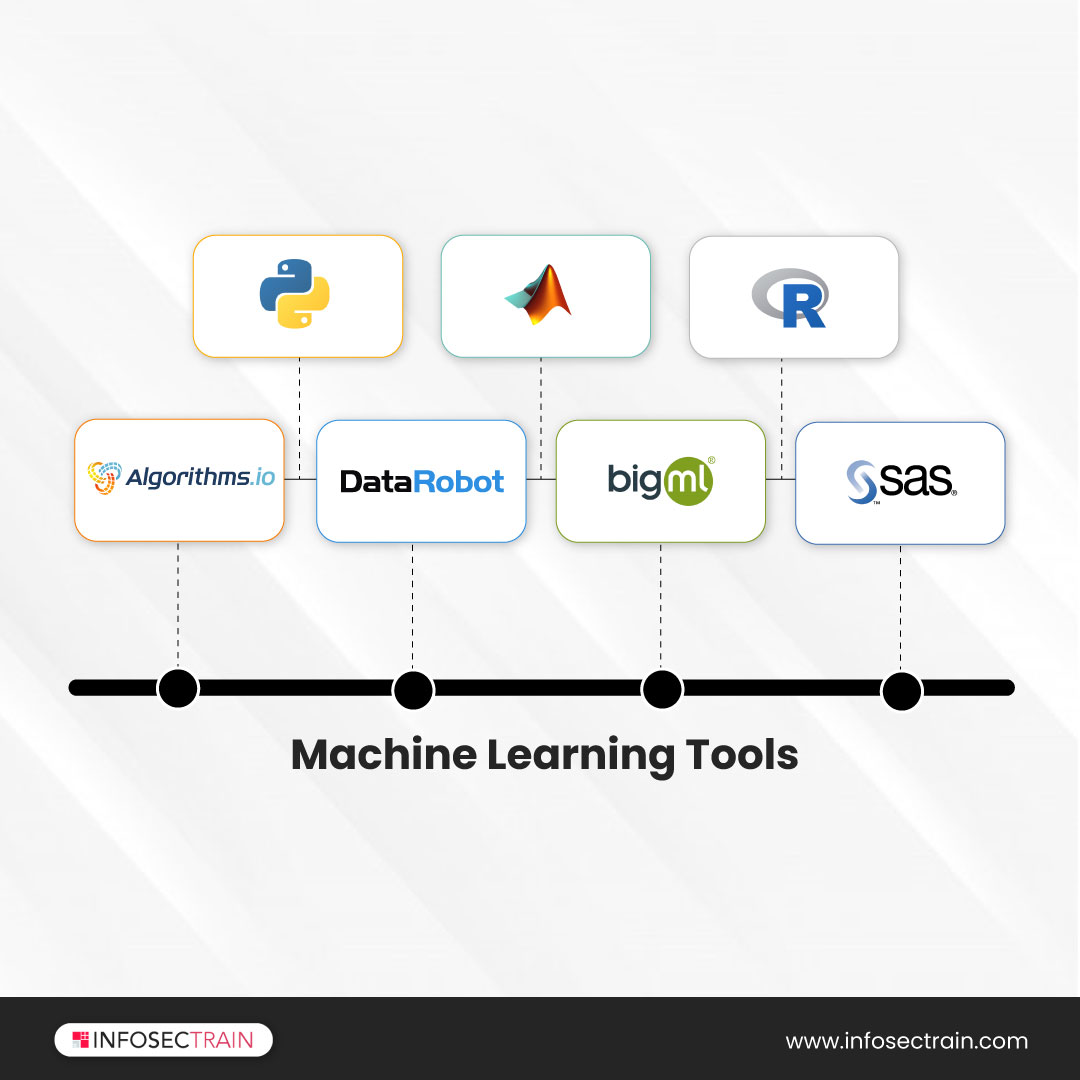
a) Python: Python is a high-level programming language with a robust set library that comes with it. Object-oriented, workable, prescriptive, vibrant type, and fully automated memory management features.
b) R: R is a programming language that runs on UNIX, Windows, and Mac OS platforms.
c) SAS: This data science tool is specifically designed for statistical processes. It is a closed-source software tool for large organizations specializing in handling and analyzing massive amounts of data.
d) MATLAB: MATLAB is a high-level language for mathematical calculation, coding, and visual analytics that comes with an interactive world. MATLAB is a valuable tool for visuals, arithmetic, and coding. It is a programming language used in technical computing.
e) Io.: This Machine Learning (ML) tool takes new data and transforms it into actual observations and implementable events.
f) BigML: Another top-rated data science tool provides users with a fully interactive, cloud-based GUI environment that is ideal for running machine learning algorithms.
g) DataRobot: This tool is defined as exploring the extent of machine learning that is replaced by automation. It is used by data scientists, execs, IT professionals, and software engineers to build higher-quality predictive models faster.
Data Science with InfosecTrain
With the widespread acceptance of data, it’s no surprise that there are innumerable great opportunities for a challenging role in data science. When you’re willing to take your data science career to the next level, you should check out InfosecTrain’s Data Science Courses.






 1800-843-7890 (India)
1800-843-7890 (India) 